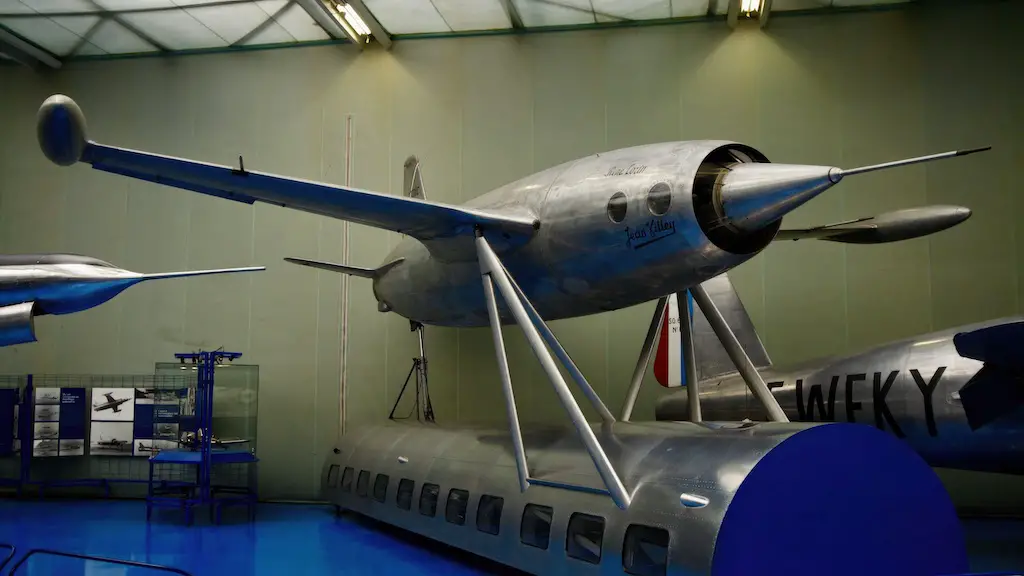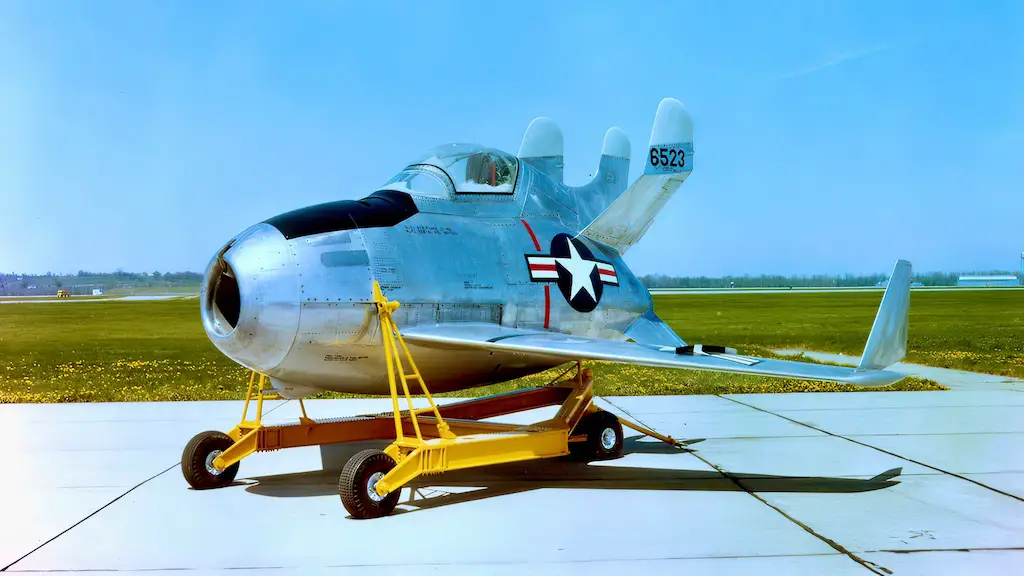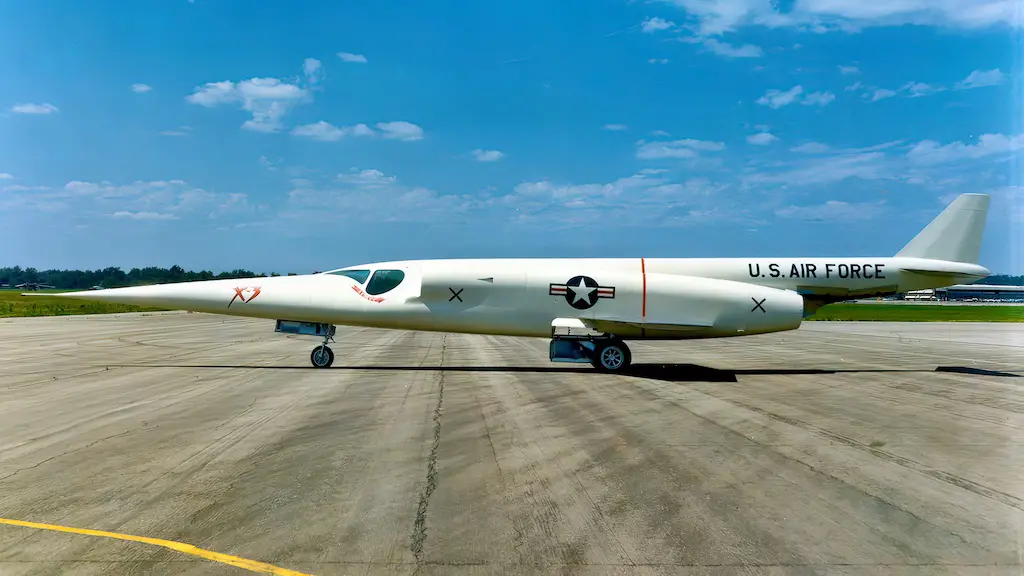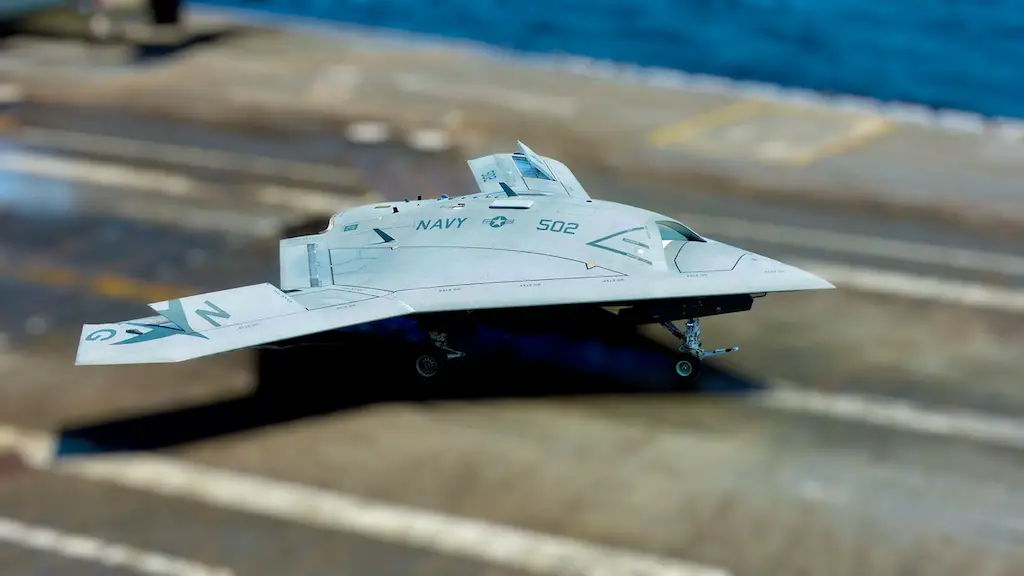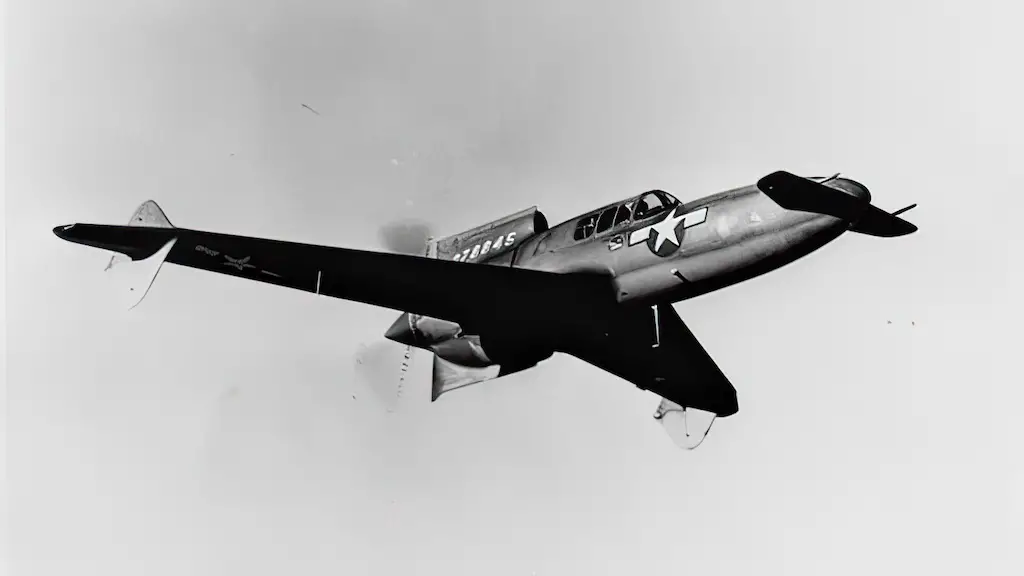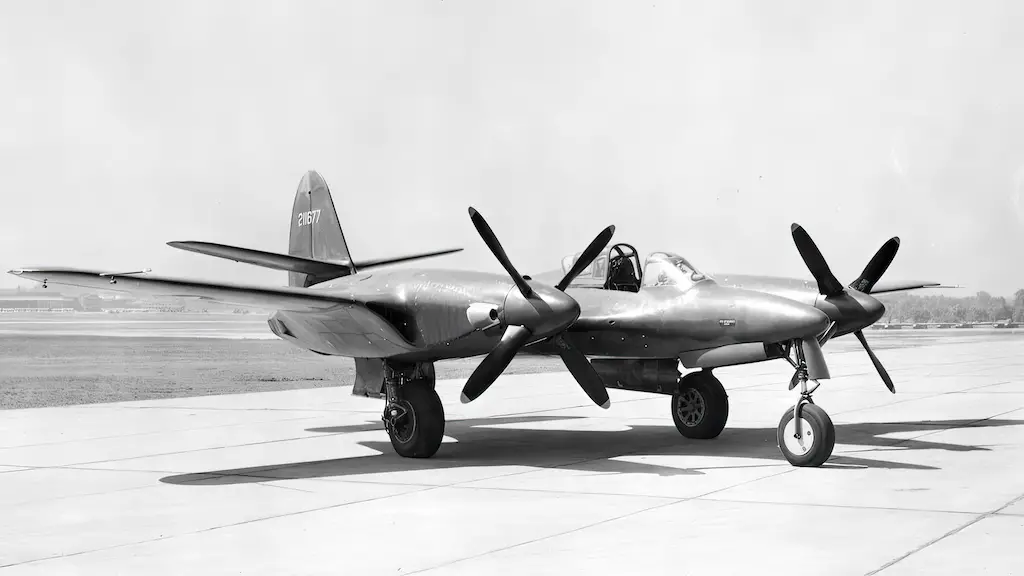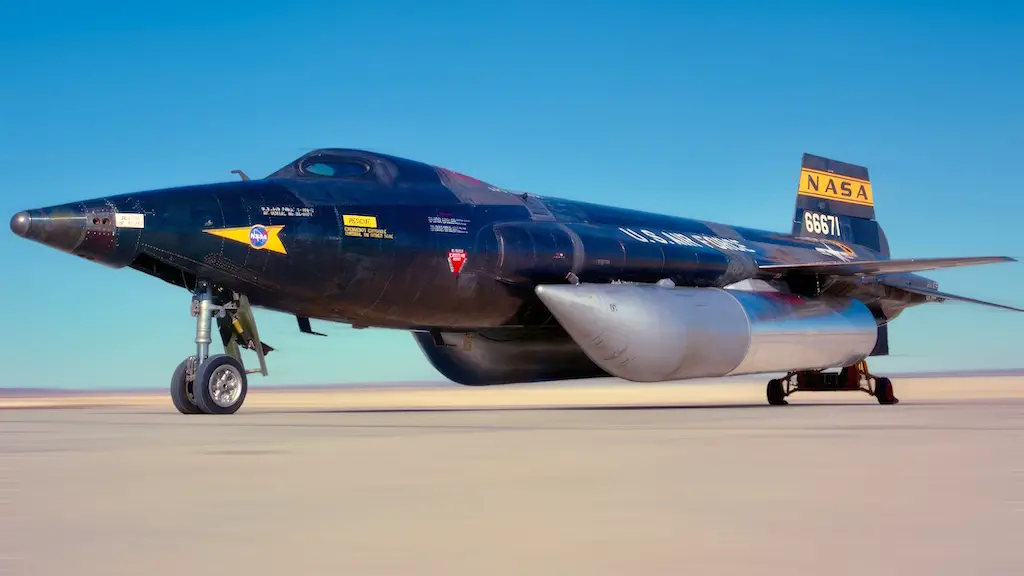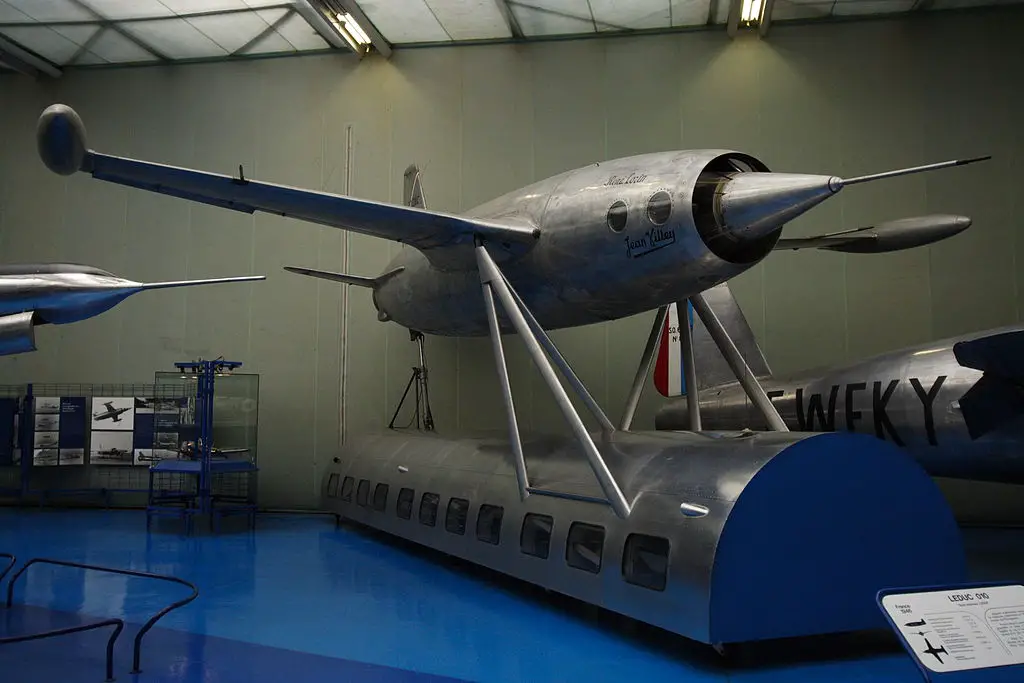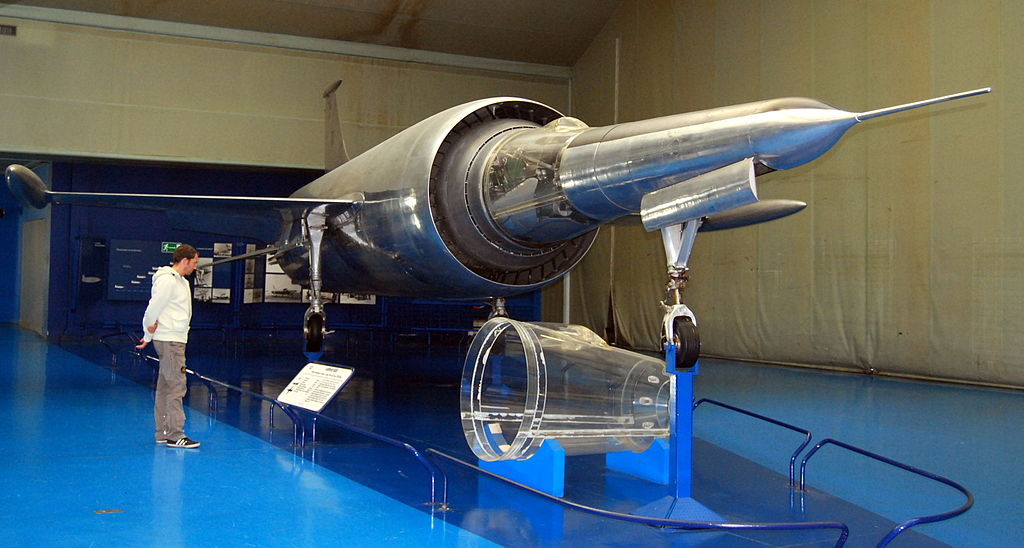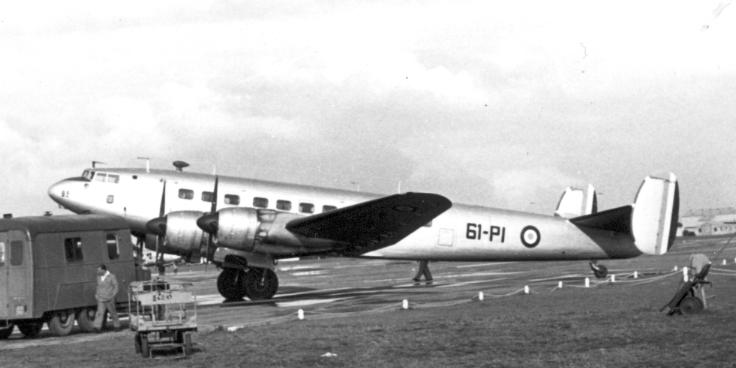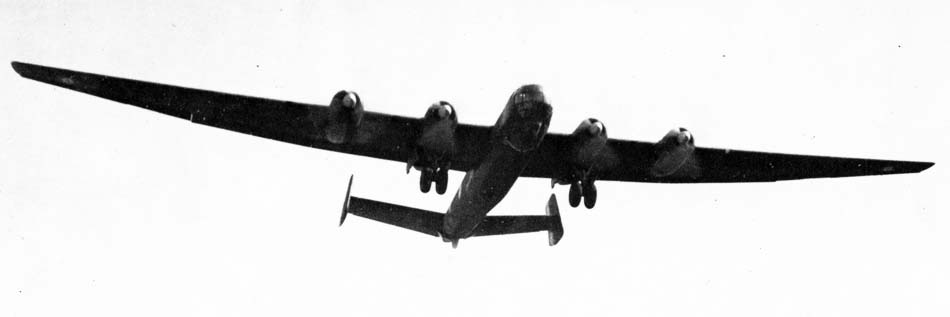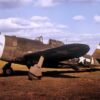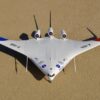The Leduc 0.10 had a distinctive appearance reminiscent of spacecraft from science fiction movies. Ahead of its time, its cylindrical-shaped fuselage, long and narrow engine pod, tiny wings, and retractable landing gear gave it a futuristic appearance. It was one of the world’s first aircraft to fly powered solely by a ramjet and remains a fascinating and inventive aircraft that continues to captivate aviation enthusiasts’ imaginations.
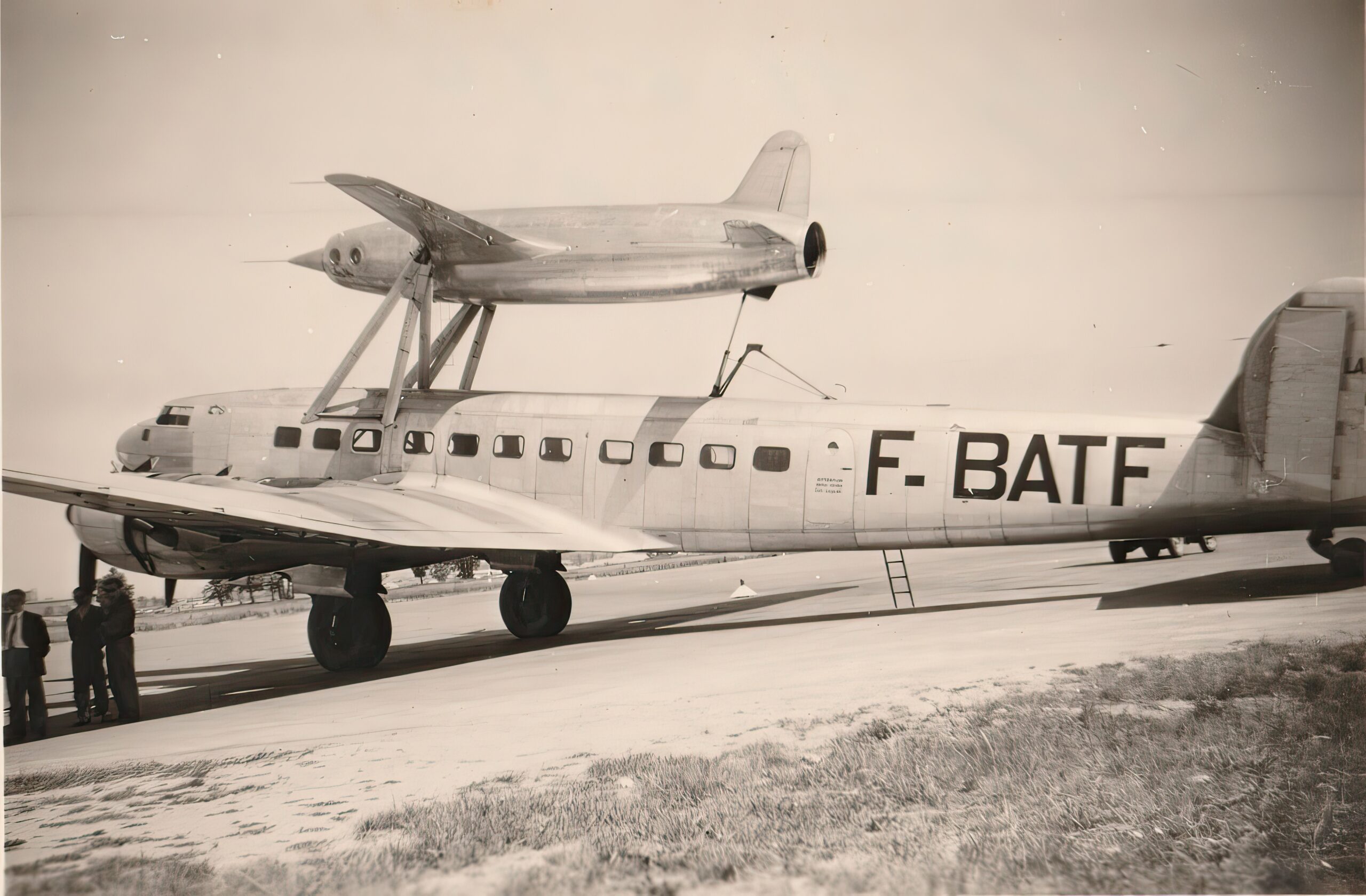
Development
As part of France’s efforts to develop advanced jet technology, the Leduc 0.10 development began in 1946, shortly after the conclusion of World War II. The aircraft envisioned role was to intercept and engage hostile aircraft at high altitudes and velocities. The Leduc 0.10 stood out from other contemporary designs with its cylindrical-shaped design, which reduced friction and increased speed. Leduc’s earlier work on ramjet engines inspired this unique form, which required a refined shape to function efficiently.
The aircraft also boasted other innovative technology, such as a ramjet engine, a relatively novel engine type at the time. Because ramjet engines depend on the forward motion of the aircraft to compress incoming air and generate propulsion, they are well-suited for high-speed flight.
One of the fastest of its time
In the early 1950s, the Leduc 0.10 went through an array of test flights conducted at the Centre d’Essais en Vol (CEV) flight test center in France. Different prototypes of the aircraft were built & tried out during this period, with improvements & refinements based on the previous tests coming into play. The range of tests conducted included aerodynamic tests, engine tests & high-speed flights, amongst others.
Perhaps among the most interesting aspects of the prototype was its “assisted takeoffs.” The aircraft would be carried by a mothership until a sufficient speed and altitude were reached, after which it detached. The Mothership was either a Sud-Est Languedoc or an AAS.01.
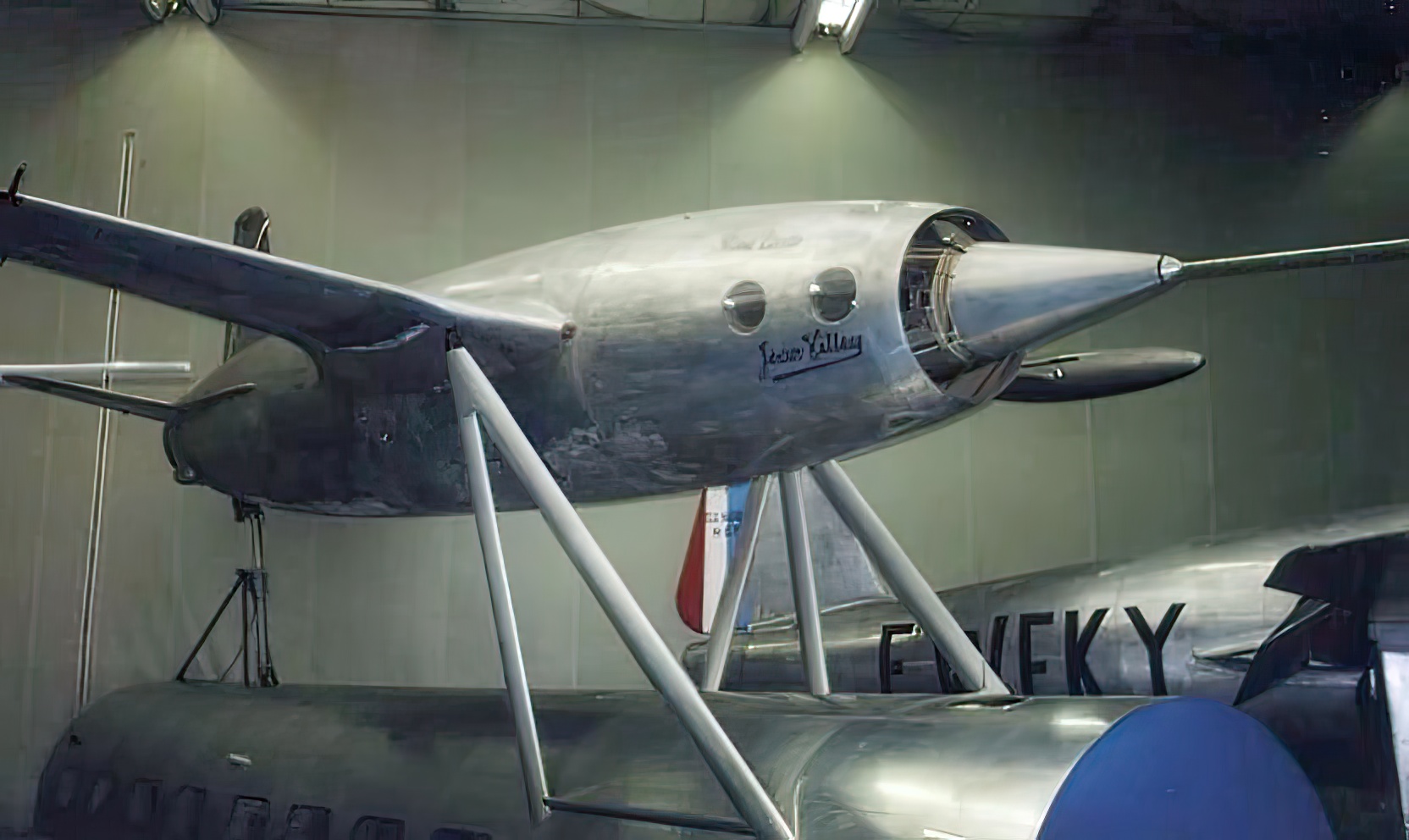
The original prototype of the aircraft, termed Leduc 010-01, commenced its inaugural flight on April 21st, 1949 – only a few seconds long but signifying the commencement of an extensive experimental program that would continue for years to come.
A notable example occurred on October 12, 1953; a modified version known as the Leduc 0.22 achieved a Mach 0.85 speed (1,000 km/h or 600 mph), firmly establishing it amongst the planet’s fastest planes. Additionally, its advanced flight controls (including a joystick throttle & automated pitch control system) were trialed to make flying easier & more agile at high speeds – with generally positive results!
Cancellation
The Leduc 0.10 aircraft boasted several pioneering features, such as its cylindrical-shaped design & ramjet engine. Still, it also experienced a host of issues, including high fuel consumption, restricted altitude range & complex assembly. All these factors contributed to the premature termination of the program in 1956 before any aircraft could be put into production.
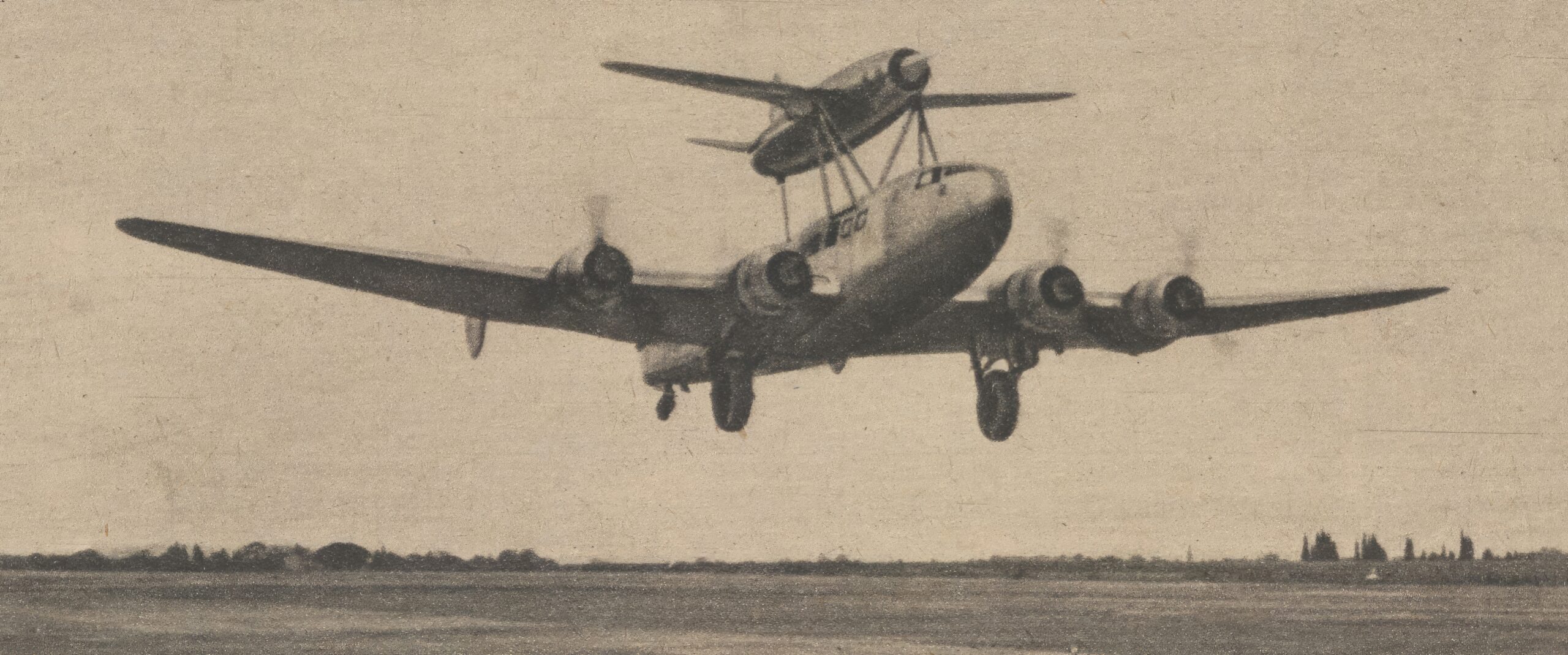
Despite its discontinued status, this plane was a major breakthrough in aviation technology and played a leading role in establishing France as a leader in the sector. The 0.10’s innovative aspects remained an essential part of aviation history and a tribute to the engineering brilliance and ingenuity of its planners & manufacturers. Albeit impractical for practical use, this flier continues to hold a special place in human progress and will forever stand as an impressive feat of human creativity and innovation.

